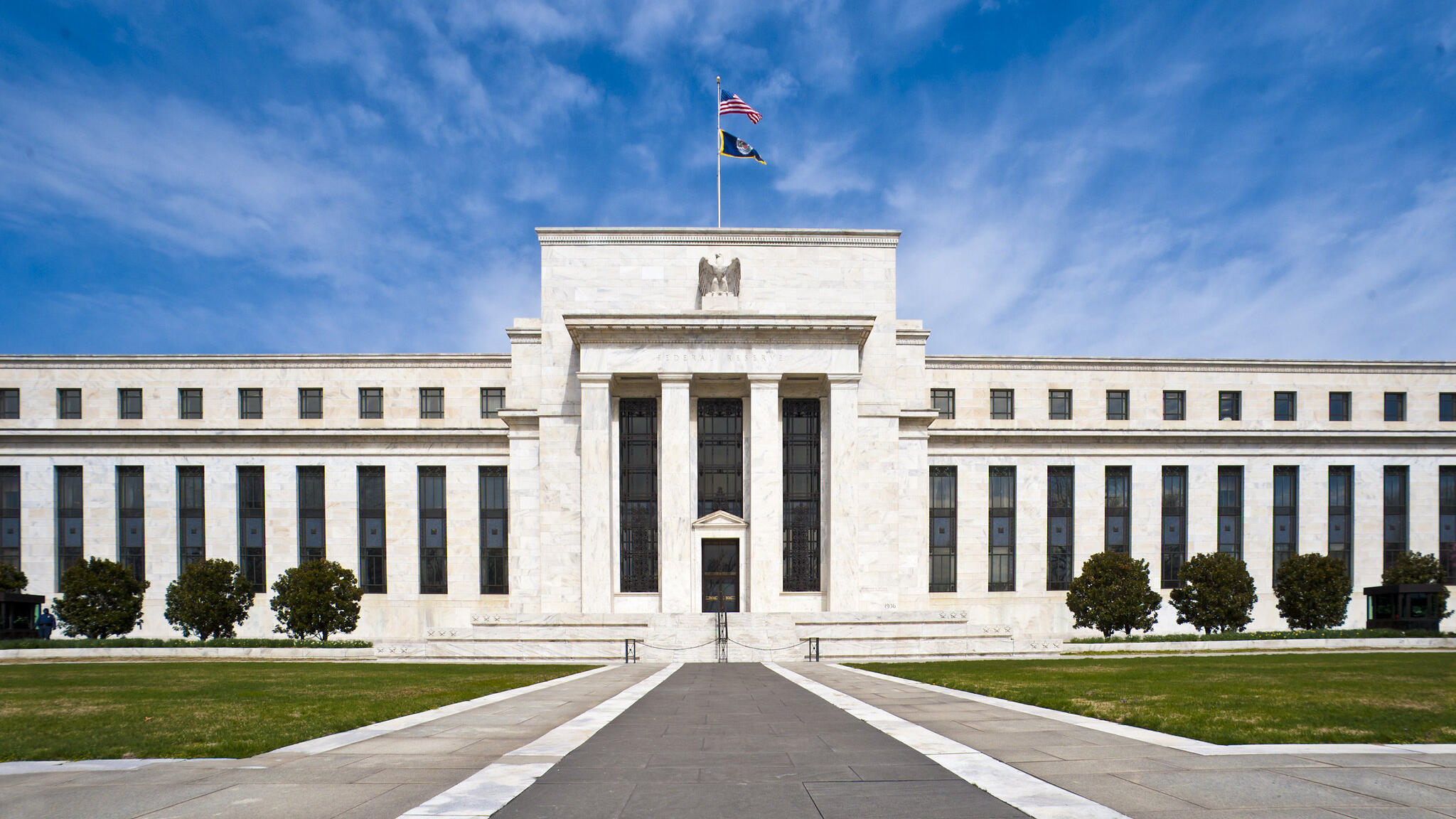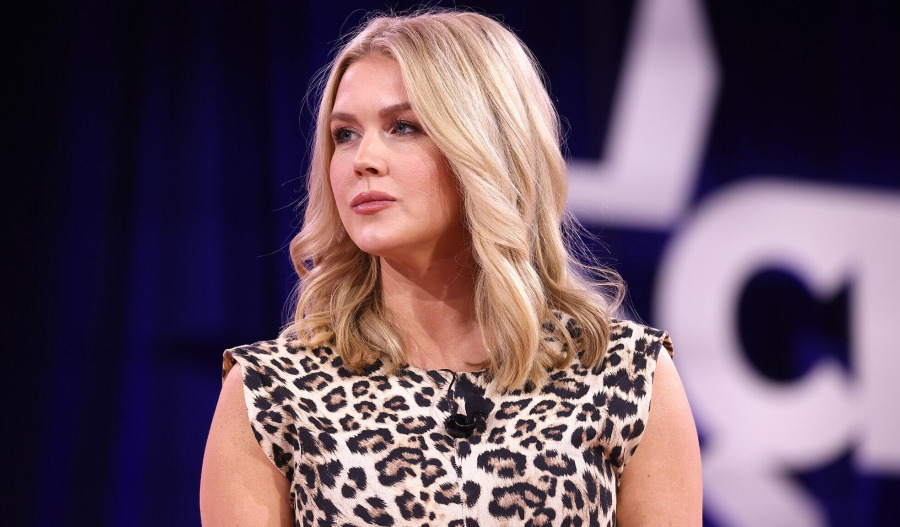Federal Reserve officials remained divided at their October policy meeting, with minutes released on Wednesday showing disagreement over whether weakening labour conditions or persistent inflation posed the bigger threat to the United States economic outlook.
The Federal Open Market Committee ultimately approved a quarter-point cut at the meeting, lowering the federal funds rate to a range of 3.75%-4%. Yet the path ahead looks increasingly uncertain.
The minutes revealed that officials were split on the need for additional easing in December, a move markets had been widely expecting, with many stating that no further cuts would be required at least through 2025.
“Several participants assessed that a further lowering of the target range for the federal funds rate could well be appropriate in December if the economy evolved about as they expected over the coming intermeeting period,” the minutes said.
However, “many participants suggested that, under their economic outlooks, it would likely be appropriate to keep the target range unchanged for the rest of the year”.
The divide echoed comments from Chair Jerome Powell at his post-meeting press conference, where he said a December cut was not a “foregone conclusion”.
The minutes noting that “participants expressed strongly differing views about what policy decision would most likely be appropriate at the Committee’s December meeting”.
Before Powell’s remarks, traders had priced in a near-certainty of another reduction at the 9–10 December meeting. By Wednesday afternoon, market-implied odds had fallen to 38.2%, according to the CME Group FedWatch Tool.
Expectations for a January cut stood near 66%.
While most participants still saw additional cuts ahead, they were not necessarily expecting them this year.
The 10–2 vote approving the October cut masked a deeper divide among officials, who typically avoid overt dissent.
The disagreement centred on the perceived restrictiveness of monetary policy. Some officials argued that even with October’s quarter-point cut, monetary settings were still holding back economic activity.
Others pointed to the resilience of economic activity as evidence policy was not restrictive.
Public commentary suggests the committee is split into several camps. Inflation-dovish officials - including Governors Stephen Miran, Christopher Waller and Michelle Bowman - have expressed support for deeper cuts to protect the labour market.
More hawkish regional presidents, including Kansas City’s Jeffrey Schmid, Boston’s Susan Collins and St. Louis’ Alberto Musalem, have warned that further easing could hinder the Fed’s efforts to restore inflation to its 2% target.
Moderates such as Powell, Vice Chair Philip Jefferson and New York Fed President John Williams have advocated a more patient stance.
The minutes noted that one participant, understood to be Miran, preferred a half-point cut in October. Schmid dissented in the opposite direction, arguing against any reduction.
Complicating the debate was the 44-day federal government shutdown, which halted the release of labour, inflation and other key data across agencies, including the Bureau of Labor Statistics and the Bureau of Economic Analysis.
Powell likened the situation to “driving in the fog”.
The committee also discussed balance sheet policy. Officials agreed to end the runoff of Treasury and mortgage-backed securities in December - a process that has reduced the balance sheet by more than $2.5 trillion but still leaves it around $6.6 trillion.
The minutes said there was broad support for winding down quantitative tightening.
“Participants agreed that the recent tightening in money market conditions indicated that it would soon be appropriate to end balance sheet runoff and that reinvestments of principal payments received on agency securities holdings should be directed into Treasury bills.”



